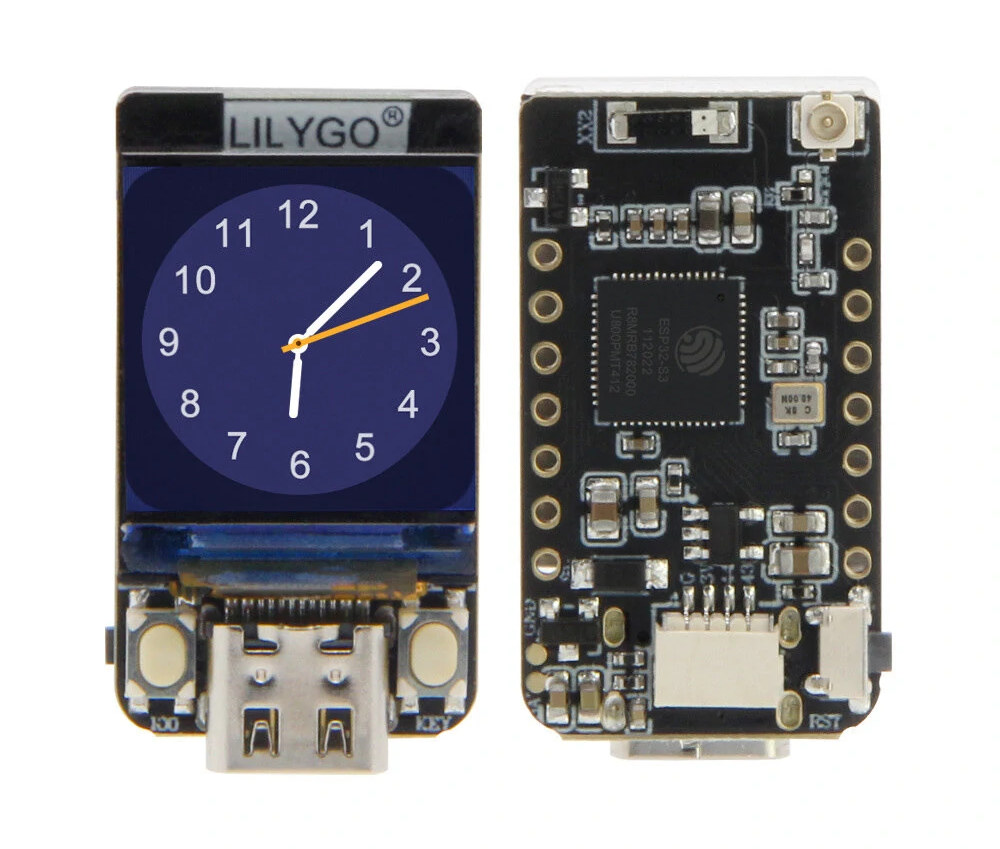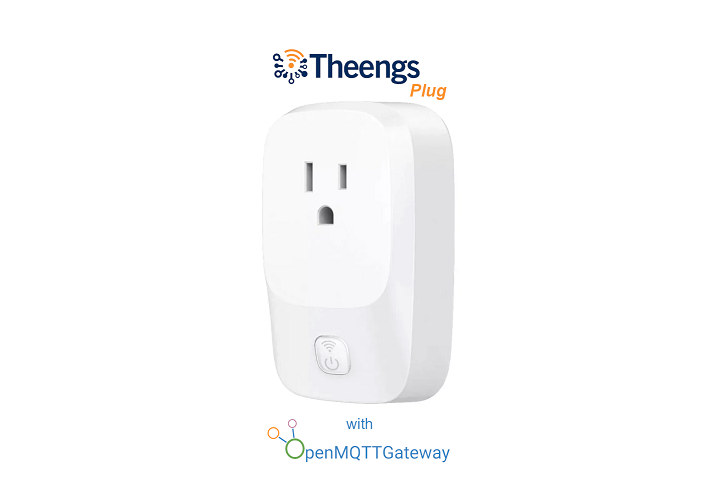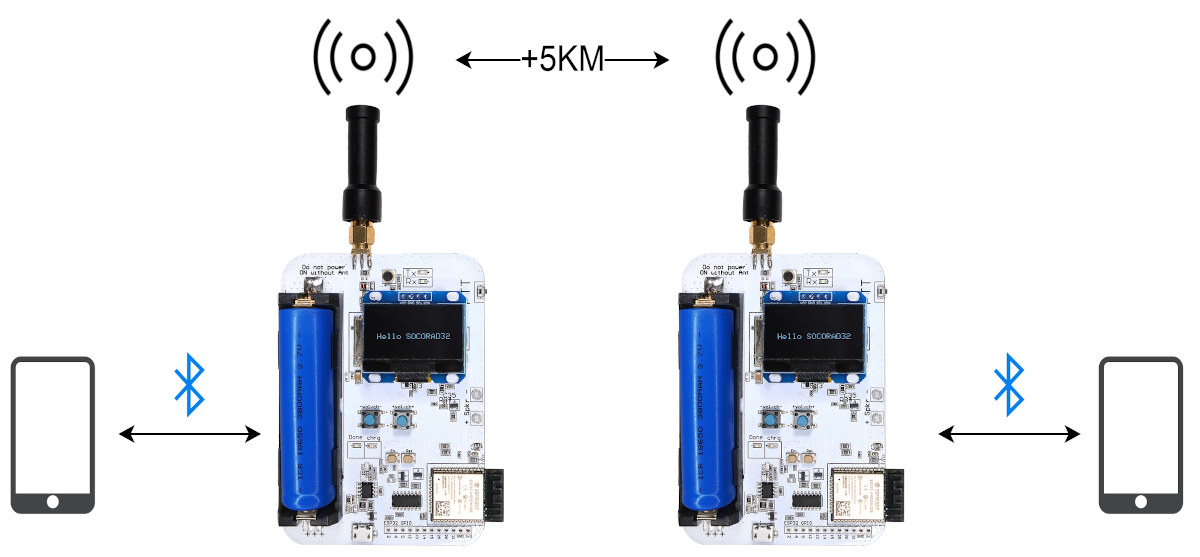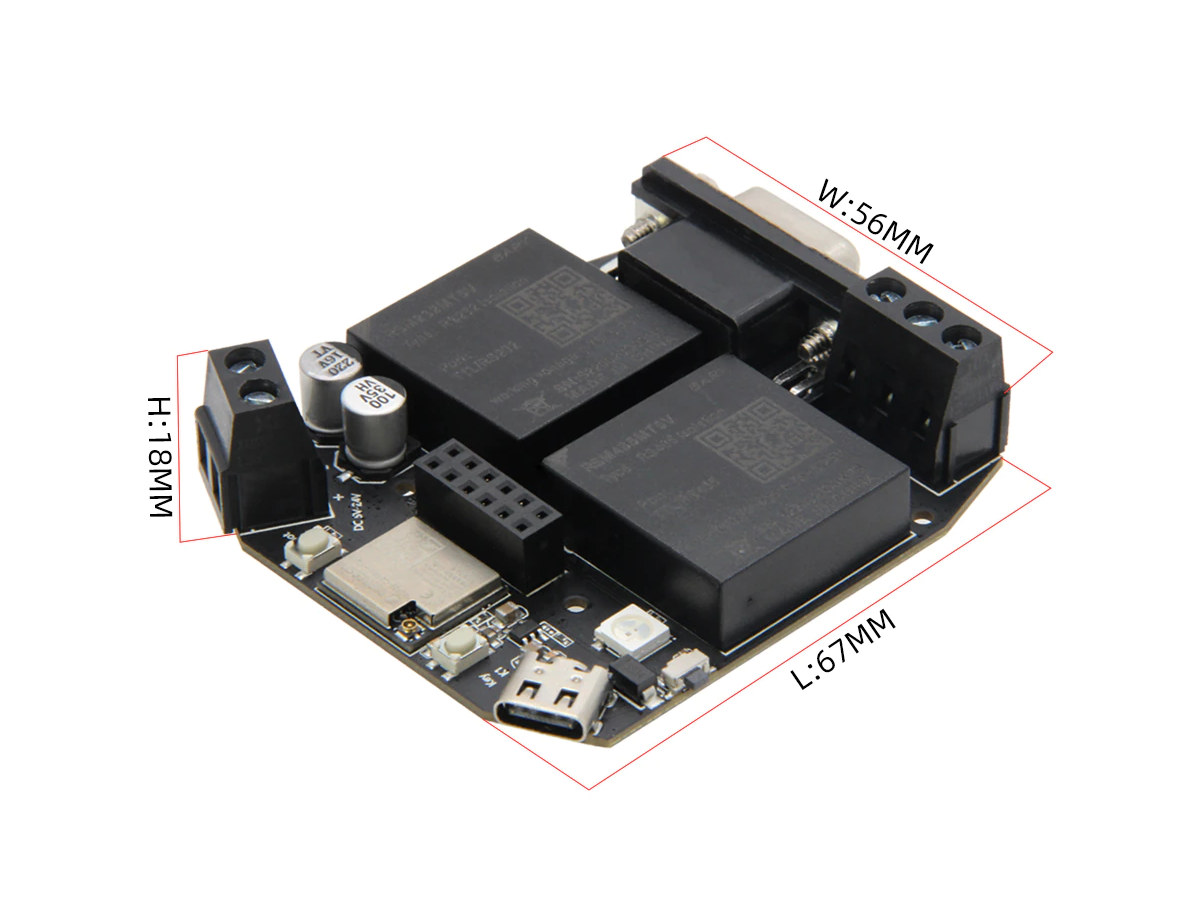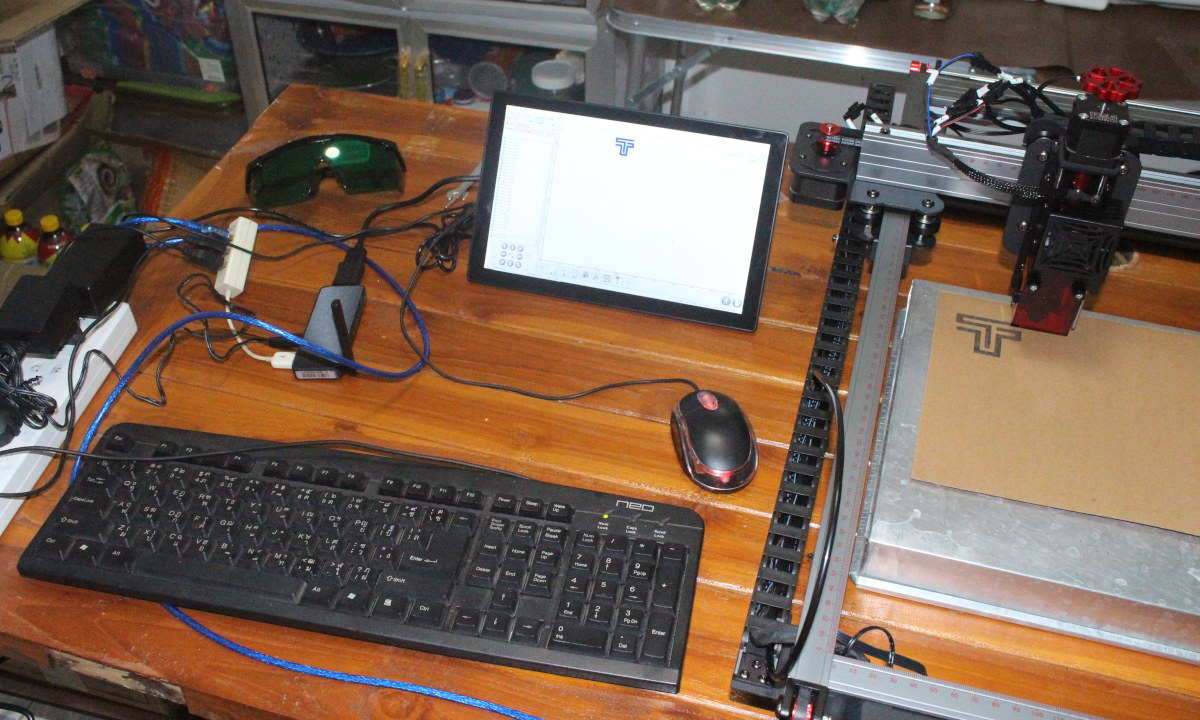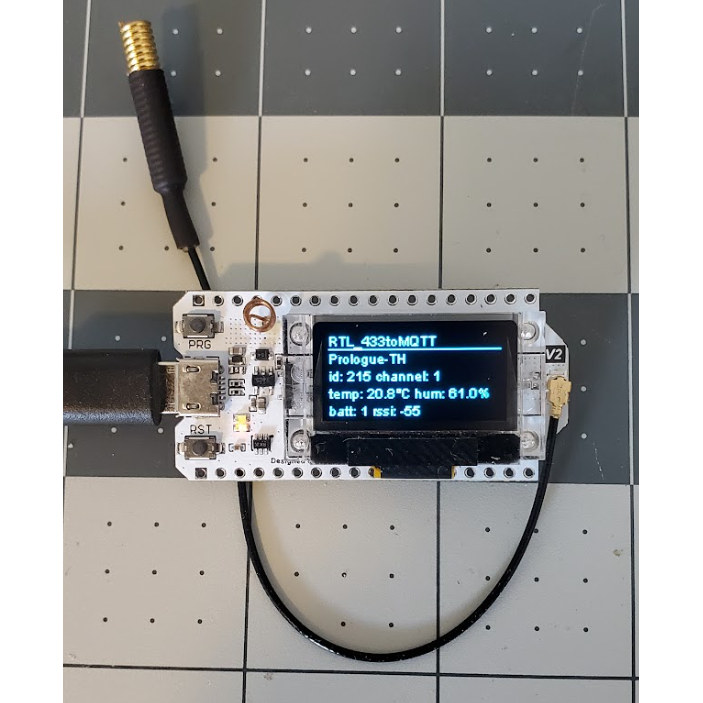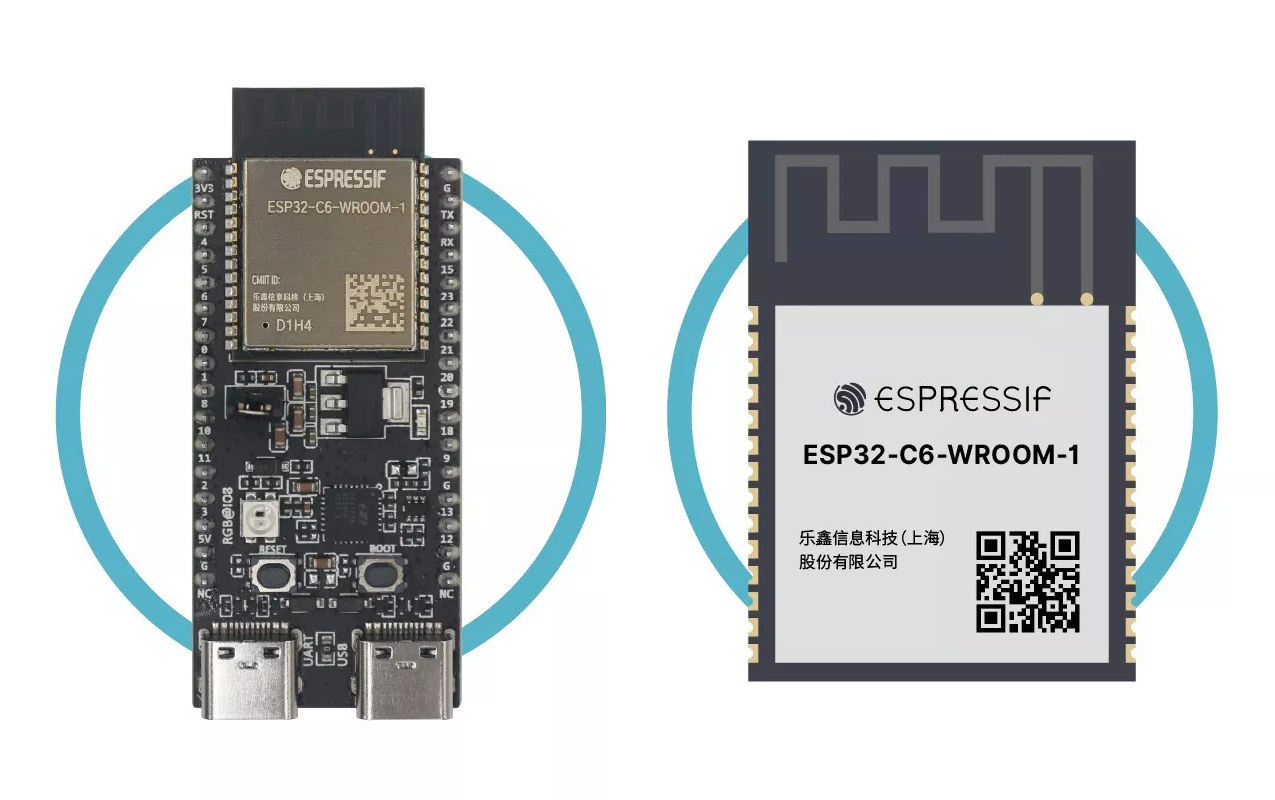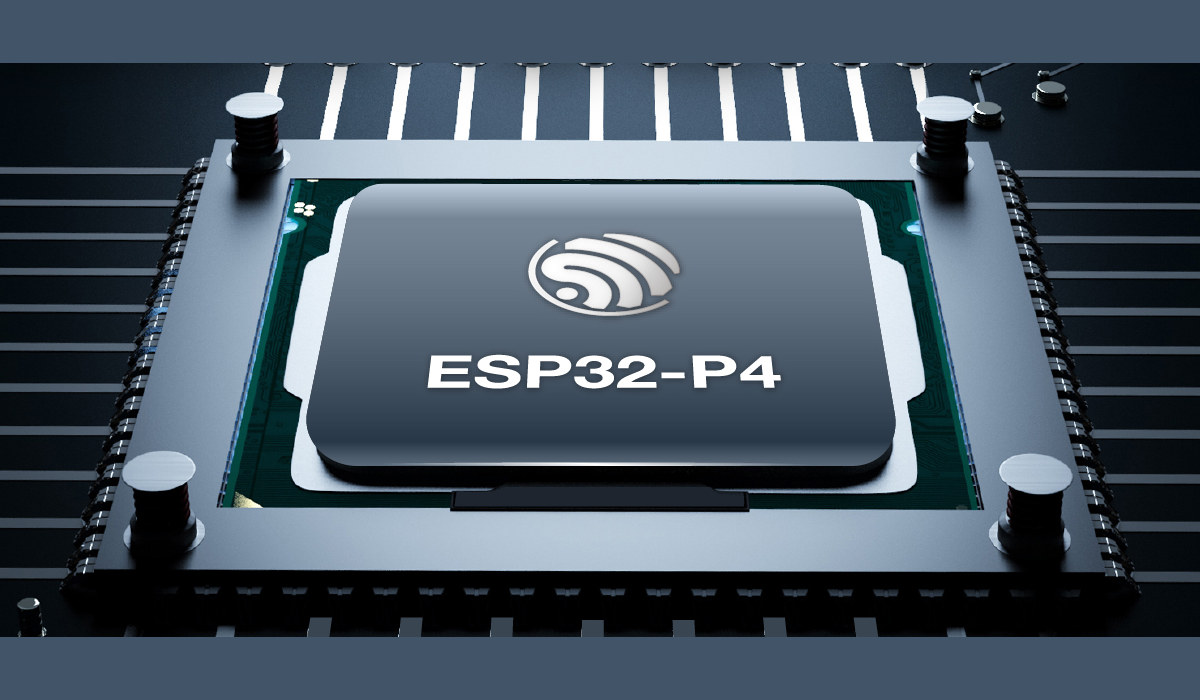LILYGO T-QT Pro is an ESP32-S3 WiFi and BLE IoT board with a 0.85-inch color display, 4MB flash, 2MB PSRAM, a USB-C port, a few GPIOs, and support for LiPo battery with charging. It is an upgrade to the ESP32-S3-based LILYGO T-QT V1.1 board that also supports LiPo battery power but lacks a charging circuit, so you had to remove the battery and charge it manually each time. The T-QT Pro adds a charging circuit and switches from an ESP32-S3 with an 8MB flash design to one using ESP32-S3FN4R2 with 4MB flash and 2MB PSRAM. LilyGO T-QT Pro specifications: Wireless MCU – Espressif Systems ESP32-S3FN4R2 dual-core Tensilica LX7 @ up to 240 MHz with vector instructions for AI acceleration, 512KB RAM, 4MB flash, 2MB PSRAM, wireless connectivity Connectivity via ESP32-S3 2.4 GHz 802.11 b/g/n Wi-Fi 4 with 40 MHz bandwidth support Bluetooth Low Energy (BLE) 5.0 connectivity with long-range support, […]
ESP32 OpenMQTTGateway smart plug acts as an BLE MQTT gateway and a power meter
The Theengs Plug ESP32 smart plug runs OpenMQTTGateway firmware to serve as a BLE MQTT gateway and power meter compatible with Home Assistant, Homebridge, OpenHAB, DomoticZ, FHEM, Jeedom, NodeRed, AWS, and any MQTT-compatible IoT or Smart Home system. While the Matter standard should improve interoperability between Smart Home frameworks over time, there are still millions of devices already produced that are not Matter compatible, and the Theengs Plug aims to at least partially address this issue by helping users reduce the number of hubs required and have only one that supports different ecosystems. Theengs Plug hardware specifications: Microcontroller – ESP32 dual-core wireless MCU with 2.4 GHz WiFi and Bluetooth LE connectivity Network Protocol – MQTT Power Supply – 100-120VAC, 60Hz, up to 15A Dimensions – 103 x 61 x 34.6mm Temperature Range – Operating: 0ºC ~ 40ºC; storage: -10°C ~ 50°C Humidity – 0%~95% (no condensation) Certification – UL Some […]
SOCORAD32 ESP32 walkie-talkie board also supports data communication (Crowdfunding)
SOCORAD32, aka ESP32 Software Controlled Radio, is a hackable, open-source hardware ESP32-based amateur radio board for walkie-talkie and data communication applications. The board comes with an ESP32 module with WiFi 4 and Bluetooth connectivity, an RDA Microelectronics RDA1846 RF IC used in many commercial walkie-talkies and offering a range up of to 5 km, a small display, a speaker, and a 18650 battery holder. SOCORAD32 specifications: Microcontroller module – ESP32-WROOVER-32E with ESP32 dual-core microcontroller, 4MB flash, 2.4 GHz WiFi and Bluetooth connectivity, built-in PCB antenna Walkie-talkie chip – RDA1846 single-chip transceiver for Walkie-Talkie applications (See datasheet and programming guide for details) Frequency Range: ISM 400 – 470 MHz Frequency Step: 5 K / 6.25 K / 12.5 K / 25 K RF Output Power: 2 W / 0.5 W (+5 KM @ 2 W) set to what the local law permits RF Input Sensitivity: -122 dBm Voice Scrambling: 8 type […]
LILYGO T-RSC3 ESP32-C3 board features isolated RS232 & RS485 interfaces, 5 to 24V DC input
LILYGO T-RSC3 is a relatively compact ESP32-C3 board with WiFi 4 and Bluetooth LE 5.0 connectivity, support for RS232 and RS485 communication protocols through a DB9 connector and a terminal connector respectively, and a wide 5V to 24V DC power input. LILYGO had already made an ESP32 board with CAN Bus and RS485 interfaces called the T-CAN485, but without any isolation. The new T-RSC3 offers both RS232 and RS485 interfaces, but no CAN Bus, protected by isolated transceiver modules that should make it safer to use in industrial environments. LILYGO T-RSC3 board specifications: Wireless module – Espressif Systems ESP32-C3-MINI-1U module with ESP32-C3 RISC-V microcontroller @ 160 MHz with 400 KB SRAM, 2.4 GHz WiFi 4, Bluetooth 5.0 LE & Mesh, 4MB flash, and a u.FL antenna connector Industrial control interfaces RS232 via DB9 connector, RSM232MT5V isolated transceiver with 3000V isolation, 4.75~5.25V input, 5V/50mA output, baud rate from 1200 to 256,000 […]
TwoTrees TS2 laser engraver review – Part 2: A beginner’s experience with LaserGRBL and MKSLaser
I’ve now had time to play with TwoTrees TS2 laser engraver after doing an unboxing and providing assembly instructions last month, so I can report my experience in this review using LaserGRBL program and MKSLaser mobile app. Note that this is my first laser engraver, and I’ll detail the many issues and mistakes I’ve come across so it might be useful to other beginners. Testing TS2 laser engraver assembly Before doing some engravings and cuts, we’ll have to test the TS2 to make sure it was properly assembled and we can operate it normally. The company is recommending the open-source and free LaserGRBL or the paid Lightburn program to control the TS2. I went with the former which happens to only work in Windows or macOS, while most of my hardware is running Linux or Android. So I dug out an older HDMI PC stick, the MeLE PCG01 running Windows […]
433 MHz is not dead! Using an ESP32 board with LoRa module to talk to 433 MHz sensors
CNXSoft: This is a guest post by Florian Robert (1technophile) of the OpenMQTTGateway project about using a 433 MHz LoRa transceiver on an ESP32 board for home automation, specifically to talk to 433 MHz sensors Everyone is talking about Matter, Bluetooth, Zigbee, and Zwave, but before these complex communication technologies, we had one simple, robust one that our sensors and devices used to leverage: 433MHz. It may be too simplistic to talk about 433 MHz as a technology as there are different and various usages of this frequency. You can find it being used in numerous devices around your home, from your outdoor temperature sensors, and security sensors to the tire pressure sensors in your car. If we want to be specific, we can talk about the different radio frequencies (433 MHz, 915MHz, 868MHz, 315MHz, or 350MHz) and signal modulations OOK, ASK, FSK that we encounter behind the keyword 433MHz. […]
ESP32-C6 WiFi 6, BLE, and 802.15.4 module and development board launched!
Espressif Systems has finally launched the ESP32-C6 WiFi 6, Bluetooth 5.0 LE, and 802.15.4 IoT microcontroller by making the ESP32-C6-WROOM-1 module available on Aliexpress for $14.25 for a pack of 5 modules as well as the ESP32-C6-DevKitC-1 development board that’s out of stock on the official store at the time of writing. but somehow listed in another store for $16.22 plus shipping. Besides the availability announcement, another surprise is the 802.15.4 radio for Zigbee and Thread that was not part of the original ESP32-C6 announcement in April 2021. The ESP32-C6-DevKitC-1 development board comes with a module with 8MB flash, exposes most of the I/O’s from the ESP32-C3, and comes with two USB-C ports, two buttons, and an RGB LED. ESP32-C6-DevKitC-1 development board specifications: Wireless module – ESP32-C6-WROOM-1 with ESP32-C6 single-core 32-bit RISC-V clocked up to 160 MHz 320KB ROM, 512KB SRAM, low-power RISC-V core @ up to 20 MHz Wireless […]
Espressif ESP32-P4 – A 400 MHz general-purpose dual-core RISC-V microcontroller
Espressif ESP32-P4 is a general-purpose dual-core RISC-V microcontroller clocked at up to 400 MHz with AI instructions extension, numerous I/Os, and security features. It also happens to be the first microcontroller from Espressif Systems without wireless connectivity, and as such, it should probably be seen as an alternative to STM32F7/H7 or NXP i.RT Arm Cortex-M7 microcontrollers/crossover processors, and likely offered at a significantly lower cost. It should also offer lower power consumption than other ESP32 chips thanks in part to a third RISC-V core clocked at 40 MHz that can keep the system running while the other two high-performance cores are down. ESP32-P4 key features and specifications: MCU subsystems Dual-core RISC-V HP (High-performance) CPU @ up to 400 MHz with AI instructions extension and single-precision FPU, 768KB of on-chip SRAM Single-RISC-V LP (Low-power) MCU core @ up to 40 MHz with 8KB of zero-wait TCM RAM Memory & Storage I/F […]


